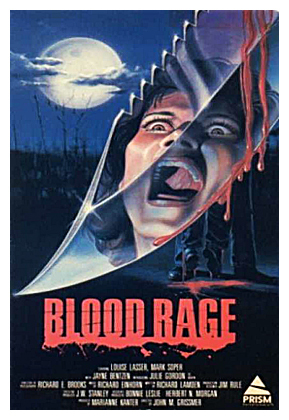Does ‘The Man Who Invented Christmas’ work? Humbug.
Directed by: Bharat Nalluri
Written by: Susan Coyne
Starring: Dan Stevens, Christopher Plummer, Jonathan Pryce, Morfydd Clark, and Justin Edwards
“The Man Who Invented Christmas” – Ask any American 6-year-old who invented Christmas. Depending upon the household, Santa or Jesus would probably be the response, but director Bharat Nalluri and screenwriter Susan Coyne offer a third name.
Charles Dickens.
Dickens? Well, the man did write A Christmas Carol in 1843, and his transcendent story has warmly struck jolly and merry nerves over the last 174 years. In the television/film age, many, many producers have jumped on this particular holiday bandwagon. Just look at the “Adaptations of ‘A Christmas Carol’” Wikipedia page and note the countless versions and incarnations of this classic tale. It’s enough to make Jacob Marley’s head spin and chains shake.
What’s your favorite?
Well, Nalluri and Coyne decide to shake up a new twist of “A Christmas Carol”. Based on Les Standiford’s 2008 novel, they engineer a playful biopic on Dickens and the events leading up to the 1843 release of his beloved novel. Actually, playful may accurately describe the look of this film, because the set designs and costumes are rife with noticeable details and ornate beauty, but quite frankly, nobody – except Ebenezer Scrooge (Christopher Plummer) – appears to be having any on-screen fun whatsoever.
Certainly, Charles (Dan Stevens) is not celebrating life. He dreads it. After a successful tour of America promoting Oliver Twist, he is sulking back in London, because his last three books - published over 16 months after the tour - badly flopped. To add insult to his bruised ego and a very recent financial pummeling, he suffers from writer’s block. A novelist’s worst fear. With a long list of creditors and no real income entering his household (complete with his lovely, supportive wife (Morfydd Clark), four children, a new orphan girl, a housekeeper, and his parents (Jonathan Pryce, Ger Ryan)), an urgency to rapidly place pen to paper weighs on his mind, and his anxiety seeps out in the form of occasional outbursts.
The film’s arc wraps itself around the struggling creative process to write his book, while he grapples with crowded family dynamics and money pressures. Eventually, the ideas - like the phrase “Bah, humbug!” and characters such as Scrooge and Tiny Tim - begin to appear in front him during day-to-day experiences or small conversations. Nalluri’s intent is to cinematically introduce these nuggets from the classic tale that we all know and wondrously package them in a different way. Brand new discoveries for Dickens. Many of the old favorites then crystalize from his imagination to the screen. The characters stand before him, as he converses with them or just visualizes their presence from within his home office. He mainly speaks to an ornery Scrooge, whose cranky tongue refers to the novel at hand, but he also serves as a judge of Charles’s deep struggles as a child.
The film delves into dark material from his childhood and also the ongoing pressure to finish his novel against an obscenely tight deadline. The two monumental, internal mountains stand in front of Charles, which might have been originally meant as forms of whimsy or thrilling cinematic quests, but they seem to translate (at least in the film) into whiny apparitions and annoyances that simply induce stress.
Now, dream sequences in horror films do not effectively scare (at least in this critic’s opinion), because viewers realize that the protagonists’ experiences are not real, just imagined. The “real-life”, on-screen killers or antagonists instigate fear, because their actions, not silly dreams, could cause our heroes harm. Apparently, writer’s block does not work as a narrative device either. Here, Charles battles himself through his own past demons and new thoughts surrounding his book, and this self-induced strife simply feels like a jumbled mess over a significant portion of the 1-hour 44-minute runtime.
“The characters won’t do what I want,” Charles says to his friend/advisor, John Forster (Justin Edwards).
One might wish that Forster would respond, “Well, you created this six-week deadline.”
Alas, as Charles marches towards his publisher’s ultimate deadline, the screenplay volleys between his childhood issues and obstinate “A Christmas Carol” images, which torture him…and us. Perhaps if his wife, Kate (Clark), or Forster suggested an exercise program or a yoga class, Charles could address his problems in more constructive ways. Did CrossFit exist in 1843? Is there a yoga studio on his block? Namaste, Mr. Dickens.
(1.5/4 stars)
Jeff – a member of the Phoenix Critics Circle – has penned film reviews since 2008 and graduated from ASU’s Walter Cronkite School of Journalism. Follow Jeff and the Phoenix Film Festival on Twitter @MitchFilmCritic and @PhoenixFilmFest, respectively.





































